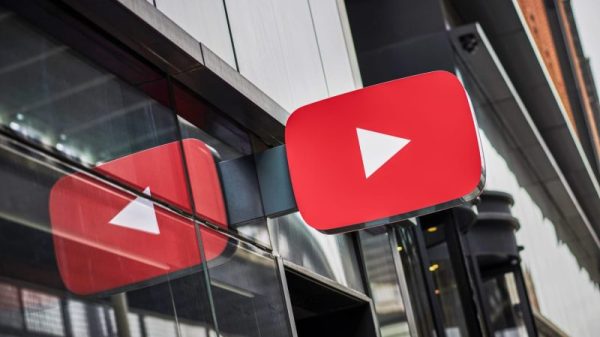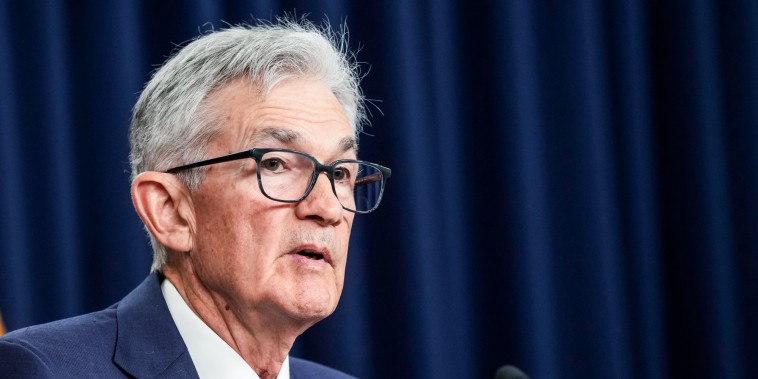Federal Reserve Chair Jerome Powell said Wednesday there was no sign of stagflation in the economy, even as inflation remains stubbornly high and some signs of slowing growth have started to emerge.
In remarks after the release of the Fed’s decision Wednesday to leave interest rates unchanged, Powell said he didn’t ‘really understand where talk of a stagflation scenario is coming from’ given the preponderance of solid economic data.
Historically, stagflation occurs when high unemployment, slow economic growth and high inflation all happen at the same time.
Powell compared today’s economy, with both inflation rates and the unemployment rate below 4%, to that of the 1970s, the decade when most economists consider stagflation to have taken root.
“I don’t see the stag, or the ’flation,” he said.
So far, most economists agree with Powell’s assessment. In a note to clients last week simply titled ‘No sign of ‘stagflation,” Bank of America analysts said the lower-than-expected gross domestic product report for the first quarter was mostly a function of accounting, not of softening underlying demand.
‘Consumer spending … remains resilient,’ the analysts said — though it is likely that the spending is helping keep inflation rights high, they added.
‘We think that view [of growing stagflation] is misguided,’ they wrote.
Pantheon Macroeconomics chief economist Ian Shepherdson likewise said in a recent note to clients that despite weaker manufacturing data, fears the U.S. could slip into stagflation should be ‘ignored’ given data points showing a slow but steady softening in price increases.
‘Stagnant manufacturing output has not stopped the overall US economy from growing at a very brisk pace on average over the past couple years,’ Shepherdson wrote.
Today’s U.S. economy does look much better than that of the 1970s, according to most data. The ’70s were marked by oil-supply shocks that caused gasoline prices to soar, alongside a confluence of other factors, including the impact of leaving the gold standard, more powerful unions that could demand higher wages and the winding down of government price control policies.
In 2024, in contrast, wage growth has largely kept pace with inflation — though it has not surpassed it. And the effect of the pandemic on the prices of food and other goods has also largely subsided.
Meanwhile, although interest rates are high, they are lower than where they stood 50 years ago.
As for fuel prices, the average cost of a gallon of gasoline in 1974 is not much different today on an inflation-adjusted basis.
In May of that year, it was 53 cents per gallon, the equivalent of $3.41 today, which is not far off from what the average price actually is right now, according to AAA: about $3.66.
In his news conference Wednesday, Powell said the central bank had ‘the luxury of strong growth and a strong labor market” to keep rates at their current level of 5.25% to 5.5% to give inflation a chance to subside — and he ruled out further rate hikes.
What is less clear is how long inflation will remain above the Fed’s 2% target.
‘Mostly, it is shelter that has been keeping monthly increases in inflation on the high side,’ Moody’s economist Matt Colyer wrote in a note Wednesday.
‘However, as the list of contributors has grown to include components like auto insurance and healthcare, it becomes harder to look past them. For that reason, the Fed will need to see a sustained period of disinflation before it announces its first rate cut.’



























